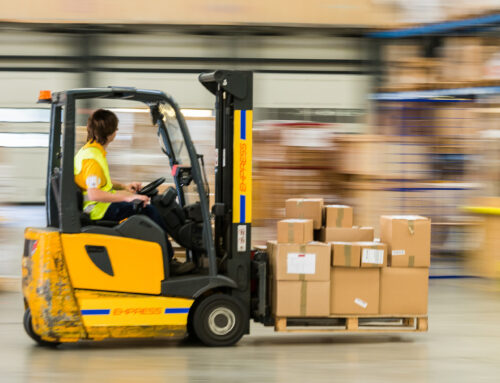Fuel and lumber certainly have an interesting relationship. Much like other goods, transportation is an essential part of the process to have raw lumber turned into an end product. That being said, fuel and lumber prices are directly correlated – more so than other goods. In this article, we’ll show you why.
In the age of modern lumber manufacturing, you would think that our supply chains, manufacturing techniques, and complex logistics methods would be impervious to some simple gas hikes. For many products, fuel prices hardly factor into the price of the end product. However, because of raw lumber’s location, the multiple passing of hands, and its general size, fuel and lumber prices are still inextricably connection.
Fuel and Lumber – Getting Out in the Woods!
Even in 2022, lumber harvesting is still a largely remote activity. Meaning, that the ability to harvest lumber takes place a good distance away from most sawmills, lumber manufacturers, and large cities. This poses more than a few logistical issues and demands that can be tough to meet, especially when fuel prices are inflated.
This is due to the vast number of transportation and utility vehicles needed to harvest and transport lumber from the place it’s grown to the sawmills. Among these vehicles are semi-trucks, four-wheel-drive SUVs, tracked feller bunchers, tracked harvesters, shovel loggers, and more. With this vast array of logging vehicles, lots of fuel is needed to run the operation – diesel fuel, to be specific.
For the average logging operation, thousands of gallons of diesel fuel are needed to power the business for just a few months. As fuel prices rise, logging professionals are simply forced to charge more per log to sawmills to break even on their investment. This is one of the many reasons why fuel and lumber prices only grow closer.
Fuel and Lumber to the Mills
Once logs have left the woods, their time being handled by vehicles is far from over. While a large amount of lumber is transported by rail, using coal or electricity as energy, a lot of lumber is still transported by truck. When this lumber is transported by truck, diesel is the main energy source used.
Although a small percentage of semi-trucks are powered by natural gas, the vast majority of trucks still rely on diesel fuel and are still affected by fuel prices.
The costs of shipping lumber from harvesting-site to mill have always been relatively high, but it’s continued to climb as fuel and lumber prices have increased. On trucks, the weight of raw timber must be taken into consideration when comparing fuel and lumber. Whereas some products can go on a truck with other products, raw timber’s size and weight make this simply impossible.
Mill to Manufacturer
Once lumber is processed at sawmills, the issue of transportation is far from over. Not only does the processed lumber have to leave the sawmill, but there are far more moving parts involved when getting lumber to lumber suppliers and manufacturers.
Every day, sawmills across the nation receive different species of lumber to process at their facilities. When the logs are processed, they’re separated into different lumber grades by dedicated sawmill employees. These different grades of lumber are used by many different types of businesses for applications ranging from industrial wood packaging to furniture construction.
Although some large lumber suppliers may require many different grades and species of lumber, many manufacturers and other businesses only purchase a certain type of lumber for their products. At Conner, for instance, we deal primarily in industrial lumber, meaning #3 and #4 SYP (although we do carry hardwoods and SPF lumber as well).
Keeping this in mind, it’s easy to see how the transportation of this processed lumber could be quite complex. With so many different manufacturers and businesses requiring different types of lumber, the number of vehicles it takes to deliver the lumber to a customer is in the dozens – from just one sawmill operation. All of this requires massive amounts of fuel and lumber.
With so many vehicles involved in the day-to-day operations of the mills, fuel prices have a direct impact on the cost of the products being transported.
Fuel Changes Everything
The current state of fuel prices in our nation is, without a doubt, unprecedented, inflated, and even partly self-inflicted. Due to the current stance on fossil fuel usage by the current administration, there are no signs of fuel and lumber prices dropping on the horizon. Unfortunately, prices continue to climb for both fuel and lumber.
As we stated at the beginning of this article, fuel and lumber are inextricably linked. From the vehicles that harvest lumber in our forests, to the trucks that ship the wood to and from sawmills, it’s almost impossible to separate fuel and lumber prices from one another. Hopefully, in the future, we’ll see a day when fuel prices finally drop back to normal rates.







